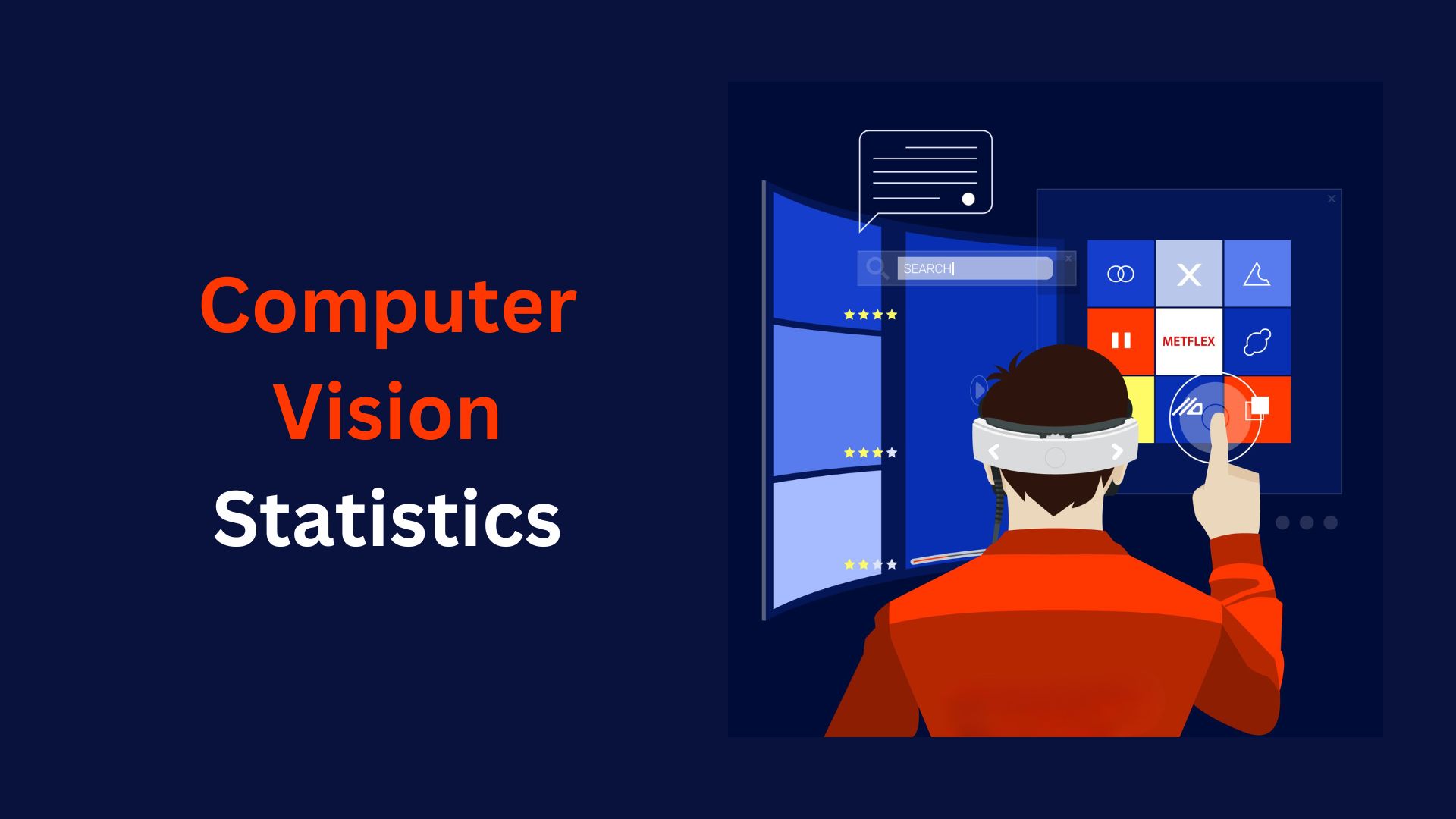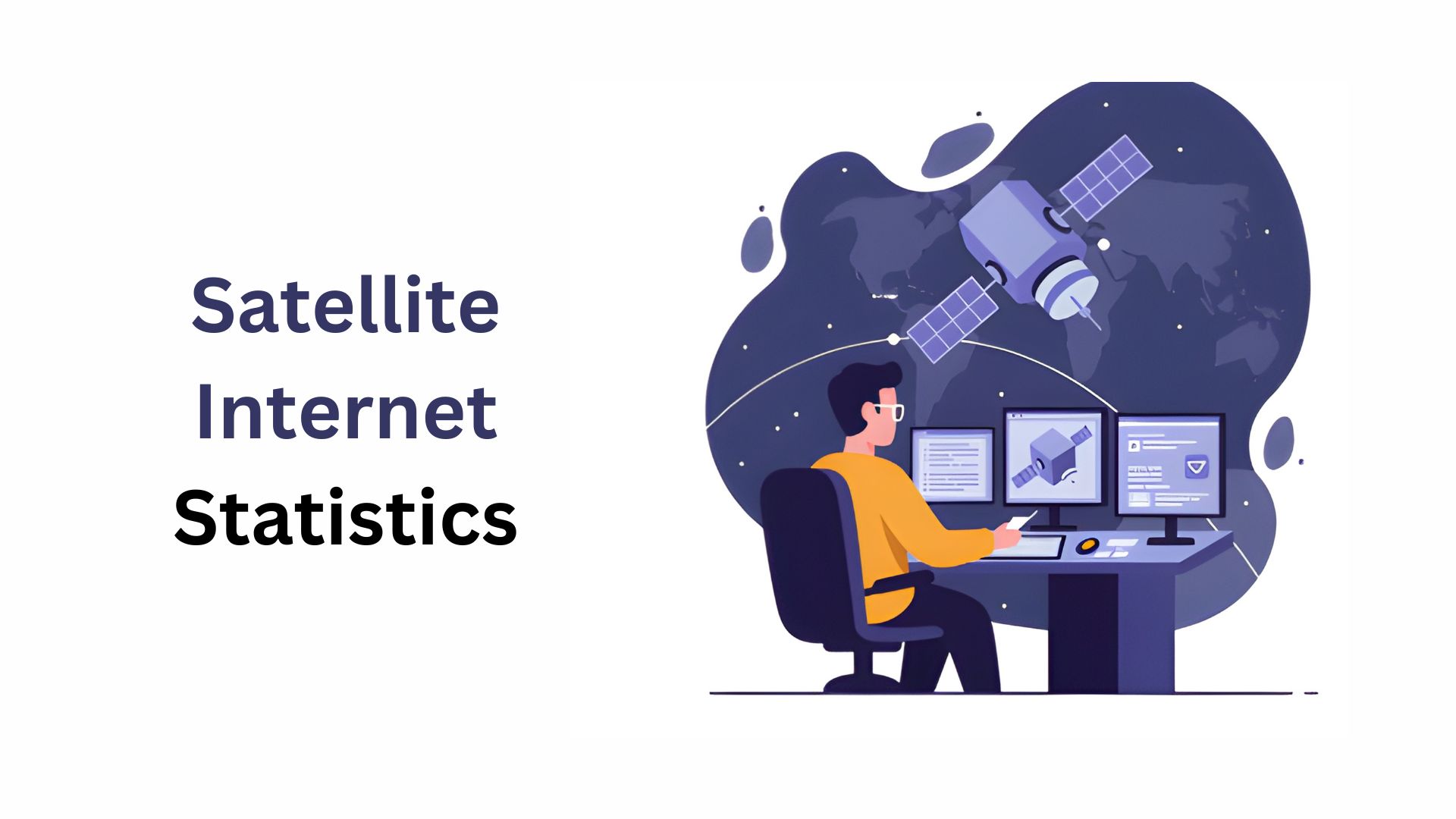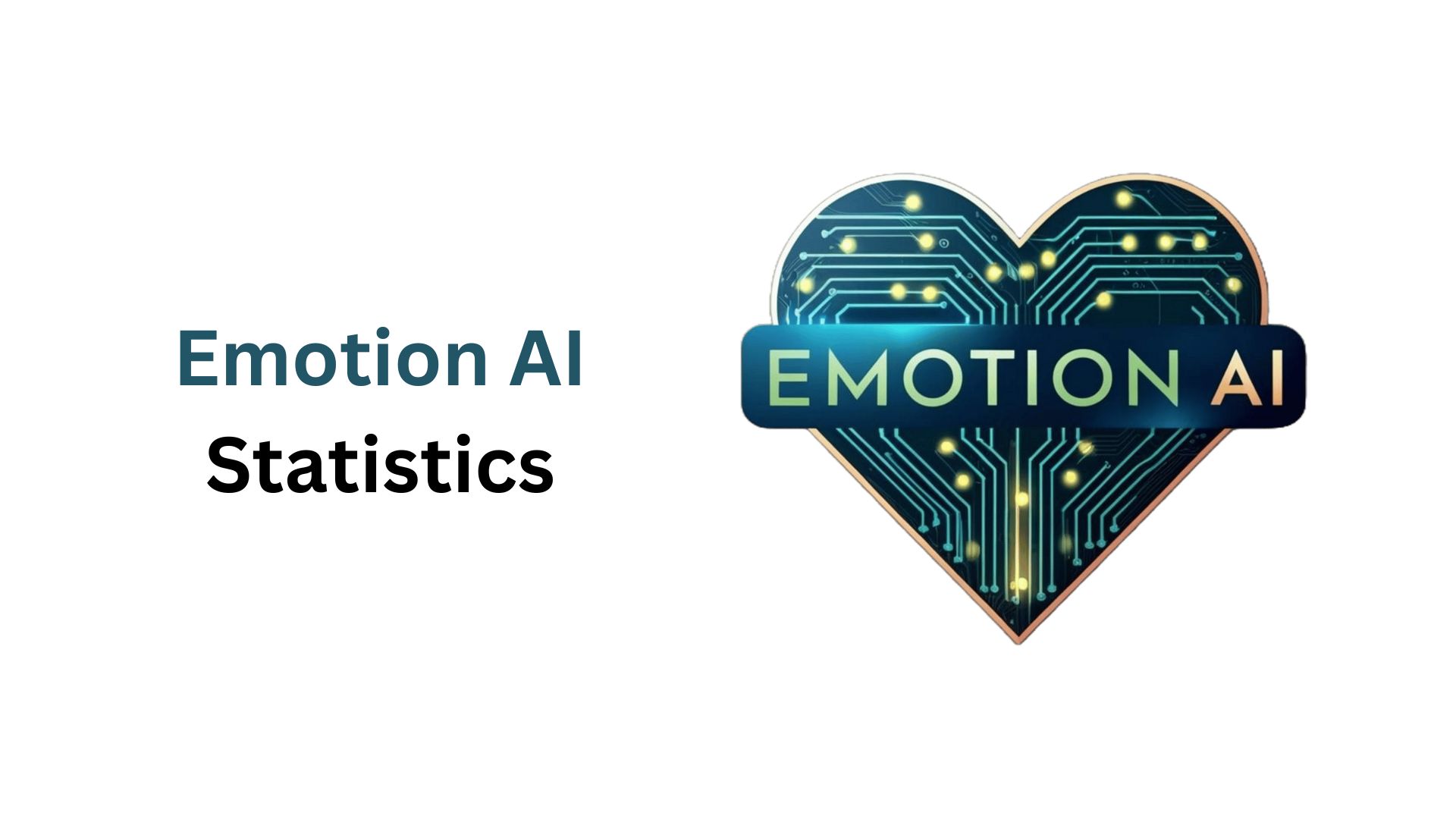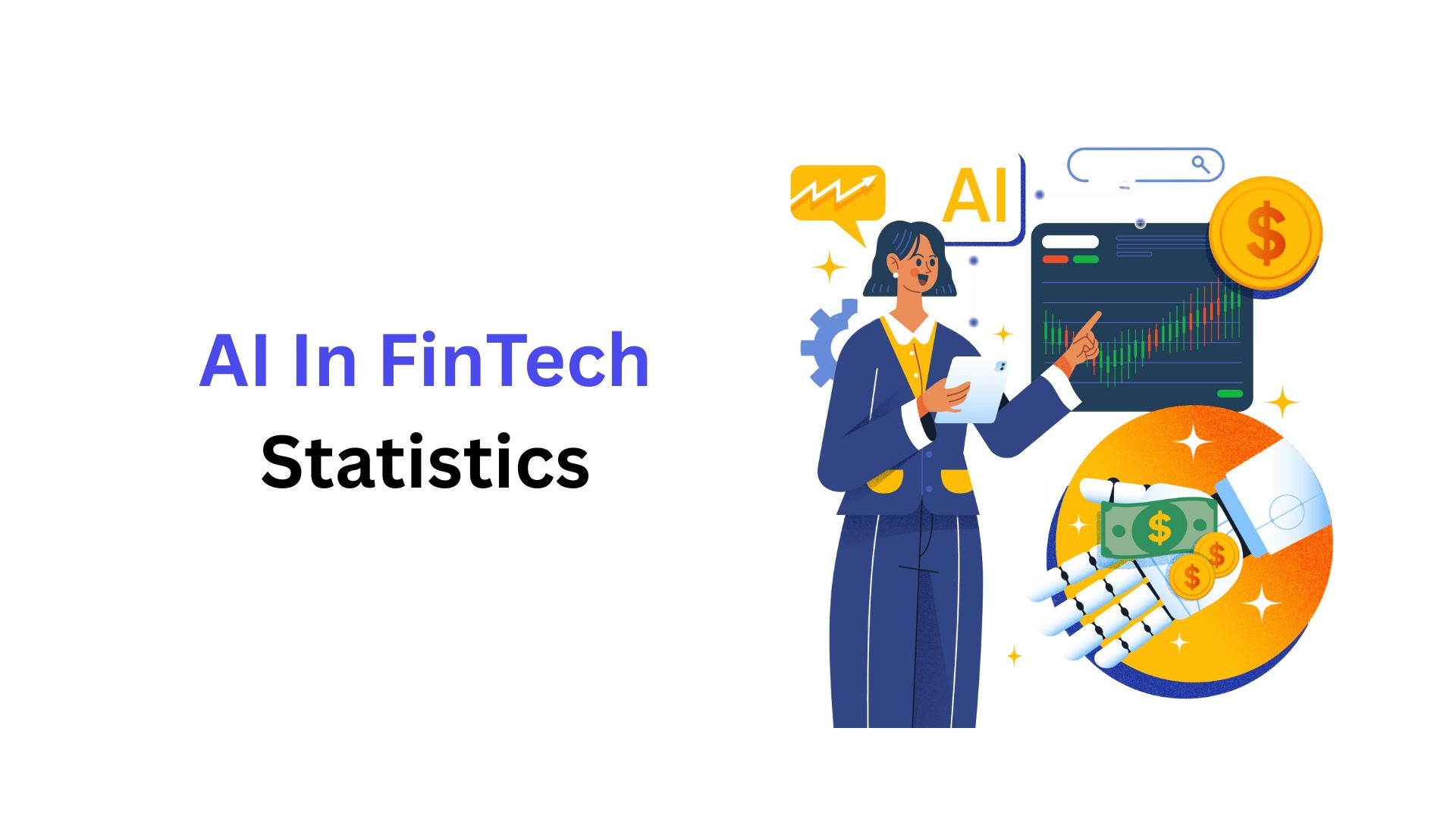Why Deadlines Slip And How Real-Time Data Keeps Remote Work on Track
Updated · Sep 08, 2025
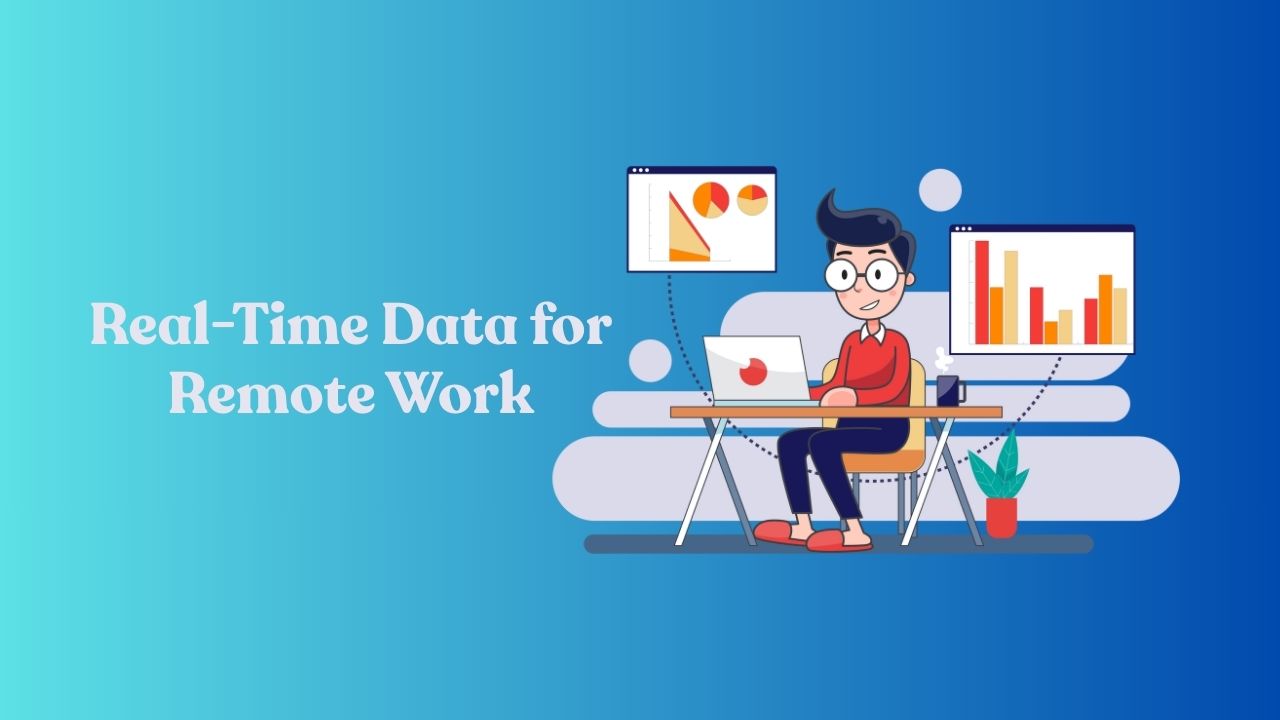
Table of Contents
Your remote team is online, chat is active, and the task list looks busy. Yet deadlines keep moving. The problem isn’t slacking, but that the hours spent don’t match the hours of real progress. Work is scattered, focus gets drained, and projects fall behind without warning.
This article explores why deadlines slip even when everyone is working and how to use real-time work data to get projects back on track. Productivity monitoring software will help you see where focus is breaking and act before delivery dates get pushed back.
Why Busy Days Still End in Missed Deadlines
Busy schedules often give the illusion that progress is steady. In reality, hidden patterns inside the workday slow momentum and quietly push deadlines out of reach.
Here are the most common ways it happens:
- Scattered Work Hours: Constant switching between tasks and tools chips away at progress and delays delivery.
- Meeting-Heavy Days: Long calls swallow the best work windows and leave little space for moving projects forward.
- Uneven Workload: Some teammates carry far more than others, which quietly stalls overall momentum.
- Hidden Burnout: Energy and output shrink week after week, dragging deadlines further out.
5 Ways to Use Real-Time Work Data to Keep Projects Moving
Real-time work data gives you a clear view of how projects move day to day. With a clear picture of how work unfolds across remote and hybrid teams, you can adjust schedules, share the load, and keep delivery on track.
Here are five ways to put it into practice:
1. Protect Core Work Hours
The first step is protecting the hours when work actually gains momentum. Real-time data shows you the windows where output runs highest. Keeping those hours clear for project tasks ensures steady progress toward delivery.
If you don’t protect them, critical work gets pushed into low-output hours, slowing delivery and piling up unfinished tasks. Over time, deadlines slip even though everyone is putting in the effort.
You can set clear norms around work blocks. If data shows projects move best between 9 and
11, keep that time free from calls and shallow tasks. Guarding those hours helps deadlines stay realistic.
How can a productivity tracker help you protect core work hours?
A productivity tracker highlights when the team gets the most done across the day. If the data shows developers produce the most code in the early afternoon, you can shift status calls to the morning so their main work block stays uninterrupted.
2. Reclaim Time From Meetings
Microsoft found that meetings jump 16% after 8 p.m., with the average worker juggling about 117 emails and 153 chats every day.
Meetings are part of collaboration, but when stacked at the wrong time, they crush delivery. Real-time work data shows how much of the day gets eaten by calls compared to actual progress.
Poorly timed meetings matter because they cut into the hours when the remote and hybrid teams get the most done. The cost isn’t just the time in the call but also the reset time after, which slows work even more.
Use the data to reorganize calendars. If afternoons keep stalling after a run of meetings, bundle shorter calls or shift them later. That frees up long enough blocks of time for steady project work.
How can employee productivity software help you cut meeting overload?
Employee productivity software shows how much project time disappears into calls. You might notice that long planning sessions are eating into the only stretch where analysts make steady progress, which may lead you to shift them later in the day to protect project time.
3. Balance the Workload Early
Projects don’t slip from lack of effort but from overload, which falls on a single teammate and slows everything else. Real-time work data makes those imbalances visible by showing who carries more than the rest.
This matters because an uneven workload drags the project to the pace of the busiest teammate. The rest of the remote team may look active, but deadlines stall if one person is overloaded.
Redistribute tasks based on actual capacity. If one teammate is maxed out while another has open space, shifting assignments keeps progress flowing and delivery on time.
How can workforce productivity software help you balance tasks?
Workforce productivity software surfaces those who consistently carry more work than the rest of the team. It could show that one teammate is spending far more time on client reporting than others, which signals a chance to reassign parts of that work so delivery doesn’t slow down.
4. Catch Burnout Before It Slows Delivery
Burnout rarely shows up all at once. It creeps in as shrinking output, a slower pace, and less steady progress across weeks. Real-time work data picks up those early signs so you can step in.
If you miss it, deadlines slip even though effort looks steady on the surface. A teammate may stay logged in and present, but if their energy drops, project delivery suffers quietly until it’s too late.
You can act early by lightening assignments, shifting priorities, or protecting recovery time. Keeping output steady prevents hidden fatigue from turning into missed delivery dates.
How can monitoring tools help you catch burnout early enough to protect deadlines?
Insightful’s workforce intelligence platform tracks shifts in output trends over time and flags when progress starts dipping below usual levels. For example, you notice a teammate who normally clears tasks quickly beginning to slow week after week, which might prompt you to ease their load before deadlines slip.
5. Keep Projects on Track With Smart Tools
A monitoring tool gives you the visibility to protect work hours, prevent overload, and keep delivery steady.
Here is how it helps you keep projects moving
- Work Block Mapping: Identify the hours where projects move fastest and protect them for delivery.
- Meeting Impact Tracking: See where meetings eat into output and restructure schedules to save progress time.
- Load Balancing: Spot workload gaps across teammates and shift tasks before bottlenecks stall delivery.
- Energy Signals: Catch shrinking output as an early alert of burnout that risks delivery dates.
Conclusion
Deadlines stay on track when hours are used for real progress, workloads are shared evenly, and meetings don’t eat into delivery time. A monitoring tool reinforces those habits by turning daily work patterns into clear actions. That steady approach keeps projects moving forward and gives you more certainty with every deadline ahead.

Tajammul Pangarkar is the co-founder of a PR firm and the Chief Technology Officer at Prudour Research Firm. With a Bachelor of Engineering in Information Technology from Shivaji University, Tajammul brings over ten years of expertise in digital marketing to his roles. He excels at gathering and analyzing data, producing detailed statistics on various trending topics that help shape industry perspectives. Tajammul's deep-seated experience in mobile technology and industry research often shines through in his insightful analyses. He is keen on decoding tech trends, examining mobile applications, and enhancing general tech awareness. His writings frequently appear in numerous industry-specific magazines and forums, where he shares his knowledge and insights. When he's not immersed in technology, Tajammul enjoys playing table tennis. This hobby provides him with a refreshing break and allows him to engage in something he loves outside of his professional life. Whether he's analyzing data or serving a fast ball, Tajammul demonstrates dedication and passion in every endeavor.

